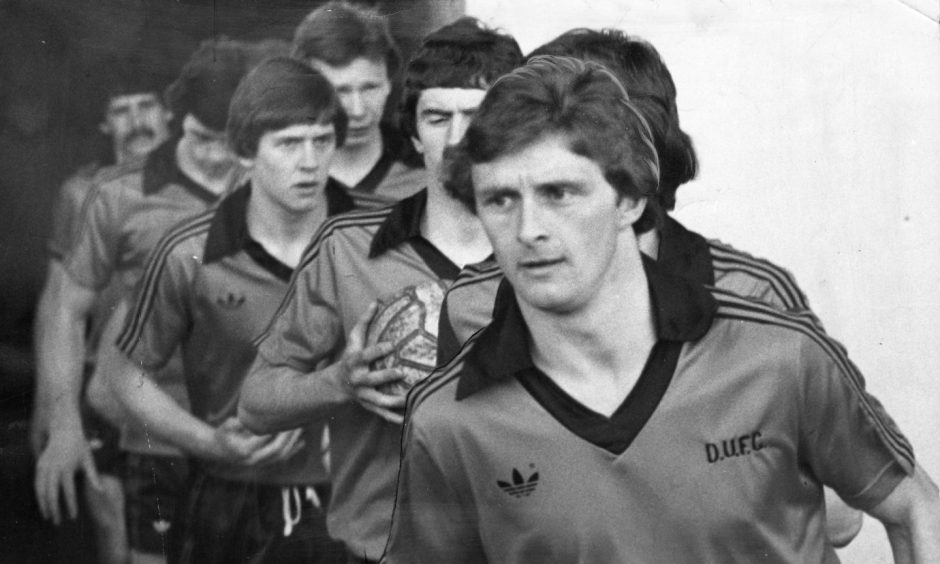
Paul Hegarty gave up his career in insurance for full-time football when he signed a blank contract with Dundee United 50 years ago.
Hegarty was a striker with part-time Hamilton Accies when he put pen to paper after meeting United manager Jim McLean in a motorway café at Harthill Services.
It was the beginning of a trophy-laden 16-year United career.
Hegarty grew up in Edinburgh with his parents Jimmy and Betty, older sister Colette and big brother Kevin, who turned professional with Falkirk in 1967.
He played midfield for St Anthony’s when they swept the boards and won every competition at secondary school level from 1967 to 1969.
Hegarty was the smallest player in the team.
Success came early in life for Hegarty
In his 1987 memoir, Hegarty said any success he achieved in the game was partly down to England midfielder Alan Ball, who was his hero growing up.
“Make no mistake, it was a great team and I was proud to be in it, but I was so small.
“Then I saw Alan Ball play in a game on television.
“Though he wasn’t as small as me, he was, like me, outreached by several inches by the players around him, in his own team as well as the opposition.
“Even at that age I had firm beliefs.
“One of them was that, no matter how small you were, if you worked hard and refused to accept lack of height as a handicap, you could make it in the game.”
Hegarty started to stretch from the age of 16.
He started his senior career with Hamilton Accies in 1972 after being signed by Celtic’s legendary Lisbon Lions goalkeeper Ronnie Simpson.
His part-time wages were £8 a week plus £10 a point.
His earnings were supplemented by a £12-a-week job at Scottish Widows.
Hegarty had complete trust in Jim McLean
He scored 30 goals in 99 games in the Second Division.
Hegarty also met his wife-to-be Linda at a disco in Hamilton.
The teenager also attracted the attention of Aberdeen, Airdrie, Celtic, Dundee United, Hearts, Hull City, Leeds United, Southend and Sunderland.
Dundee United came in with a bid of £40,000 in November 1974.
Hegarty recalled meeting McLean at Harthill Services in his memoir.
“When I signed for Dundee United in November 1974, I did so on a blank contract.
“Why? Because I had, from the moment I first met him, complete trust in the honesty of the man who signed me, Jim McLean.
“The talks didn’t take long.
“My manager-to-be said he wanted me to join him at Tannadice, that he was prepared to pay what Hamilton Accies wanted by way of a fee.
“He then advised me of the terms he was offering and told me to go and chat about it with my brother.”
Kevin told him: “He’s straight. Give it a bash.”
He did.
Hegarty signed the blank sheet of paper and shook hands with McLean.
“One month later I was handed my first contract,” said Hegarty in 1987.
“Every single thing that had been agreed verbally was down in black and white.
“The feelings of my brother and myself that we were dealing with a genuinely honest man were proved 100 per cent correct.”
Goodison Park game changed everything
Hegarty played up front alongside Andy Gray.
He played 19 games and scored four goals in his first season at Tannadice.
Gray moved to Aston Villa for £110,000 and Hegarty scored 11 goals in 43 games the following season but lacked the pace required for the Premier League.
He was converted to centre back for a friendly against Everton at Goodison Park in October 1976 and given the job of marking England striker Bob Latchford.
Hegarty shackled Latchford and United kept a clean sheet.
“There are many managers who would have been so annoyed at me not making it in the position that they would have quit on me,” said Hegarty in 1987.
“He probed and worked to find if there was something else.
“He persevered and I am eternally grateful to him for that.”
Hegarty formed a formidable defensive partnership with David Narey from 1977 which provided the cornerstone for the club’s successes.
The pair roomed together and had an understanding bordering on the telepathic.
Hegarty was appointed captain in 1978.
He lifted the club’s first major trophy in December 1979 following a 3-0 win against Alex Ferguson’s Aberdeen in the League Cup replay at Dens Park.
It became a happy hunting ground for United over the years.
Winning silverware became commonplace
United met Dundee looking to retain the trophy in 1980.
The game was played at Dens after a coin toss rather than going to Hampden.
Home advantage didn’t matter, though, as United ran out 3-0 winners in front of 24,466 fans thanks to a Davie Dodds goal and a double from Paul Sturrock.
Hegarty didn’t go up to accept the trophy.
He decided goalkeeper Hamish McAlpine should be given the honour.
McAlpine was the club’s longest-serving player.
It was a fine gesture and a true measure of the man.
McLean’s team would go on to win the Premier League title at Dens in 1983.
United started in spectacular fashion.
Goals from Ralph Milne and Eamonn Bannon sent the United fans wild.
Dundee pulled one back to ensure a tense finale.
The final whistle signalled universal joy in the near-30,000 crowd.
A sea of tangerine celebrated the greatest moment in the club’s history.
Hegarty was Scotland captain in 1983
United not only conquered Scotland but regularly went toe to toe with the best Europe could offer and were left standing, more often than not, victorious.
United reached the 1984 European Cup semi-final and the Uefa Cup final in 1987 having beaten Barcelona and Borussia Monchengladbach along the way.
Hegarty won eight Scotland caps which included marking Diego Maradona in 1979 and being made captain in his final appearance against Northern Ireland in 1983.
Hegarty was granted a testimonial against Gothenburg in November 1989, before signing for St Johnstone in January 1990 after finding his game time limited.
He was 35 and played 707 games and scored 82 goals for United.
Hegarty’s first management job came at Forfar Athletic following a brief spell in Perth, but he was sacked after the Angus club suffered relegation in 1992.
He was part of the backroom team when United won the Scottish Cup in 1994.
Hegarty continued in various coaching positions at a number of clubs, including taking charge of United in 2002 and more recently Montrose before leaving in 2016.
He is now a club ambassador at Tannadice.
What was his greatest moment for United?
Among all his achievements as a player, one stands out above all others.
Winning the Premier League in 1983 was a watershed moment.
“That is the real mark of a club’s ability,” said Hegarty in 1987.
“To play throughout a season in all sorts of weather, on all sorts of pitches, home and away, and emerge at the end with most points.
“As I accepted the league championship trophy and held it high in the air to an explosion of sound, I had a quiet moment of thought to myself that all the hard work, all the training, all the effort had really been worth it.”
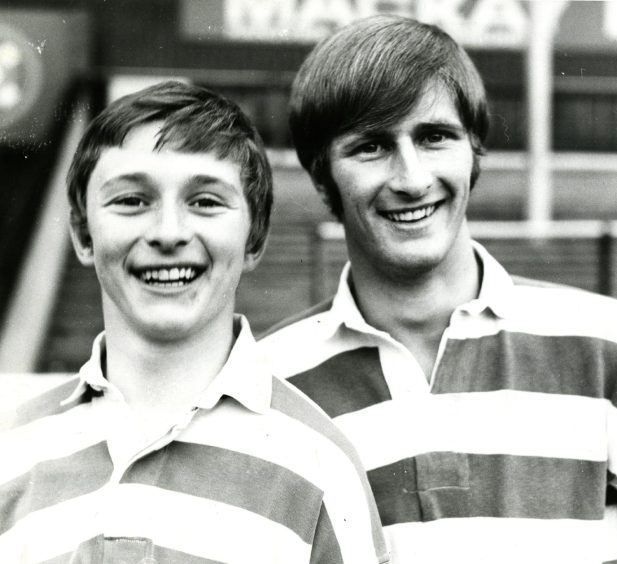
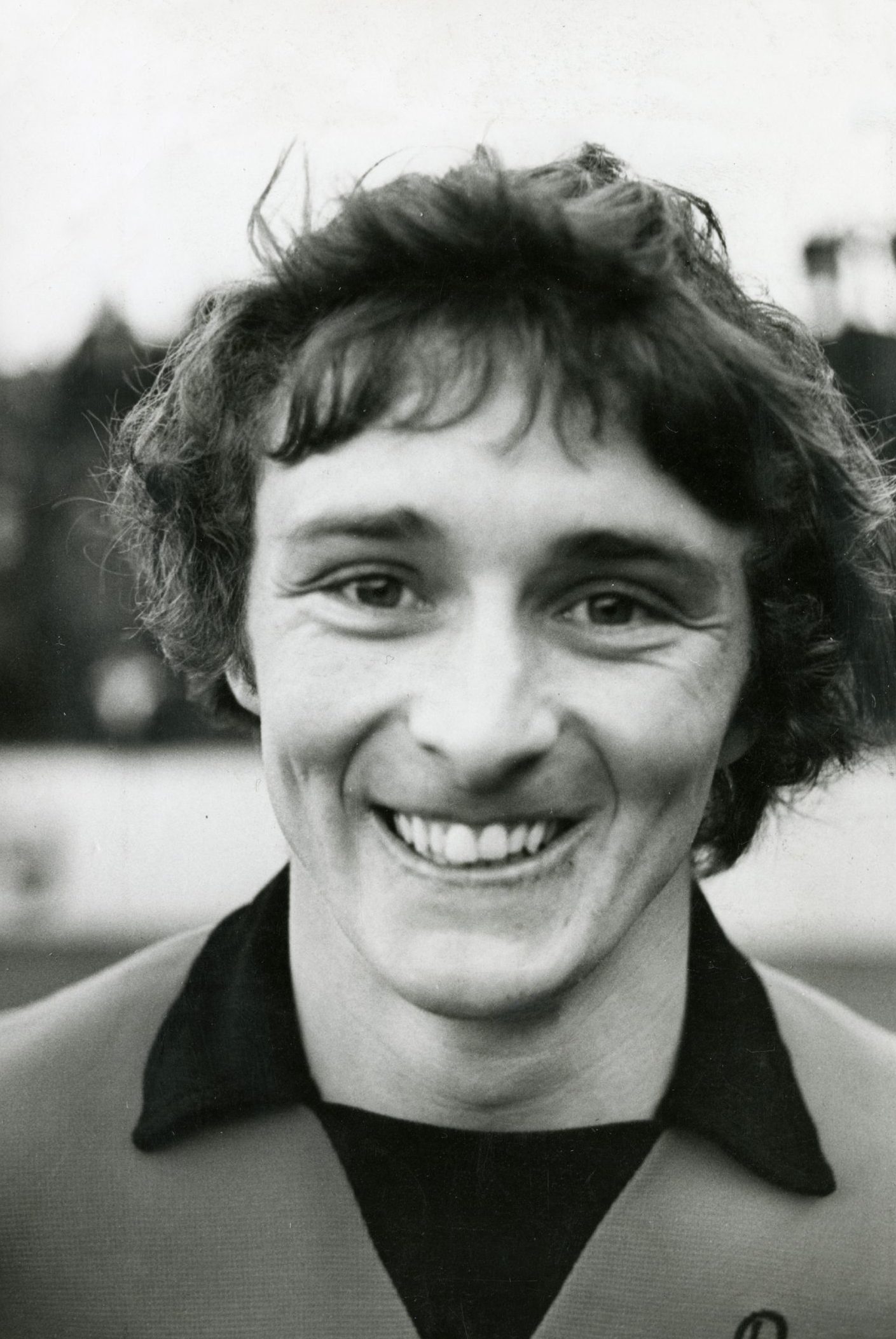
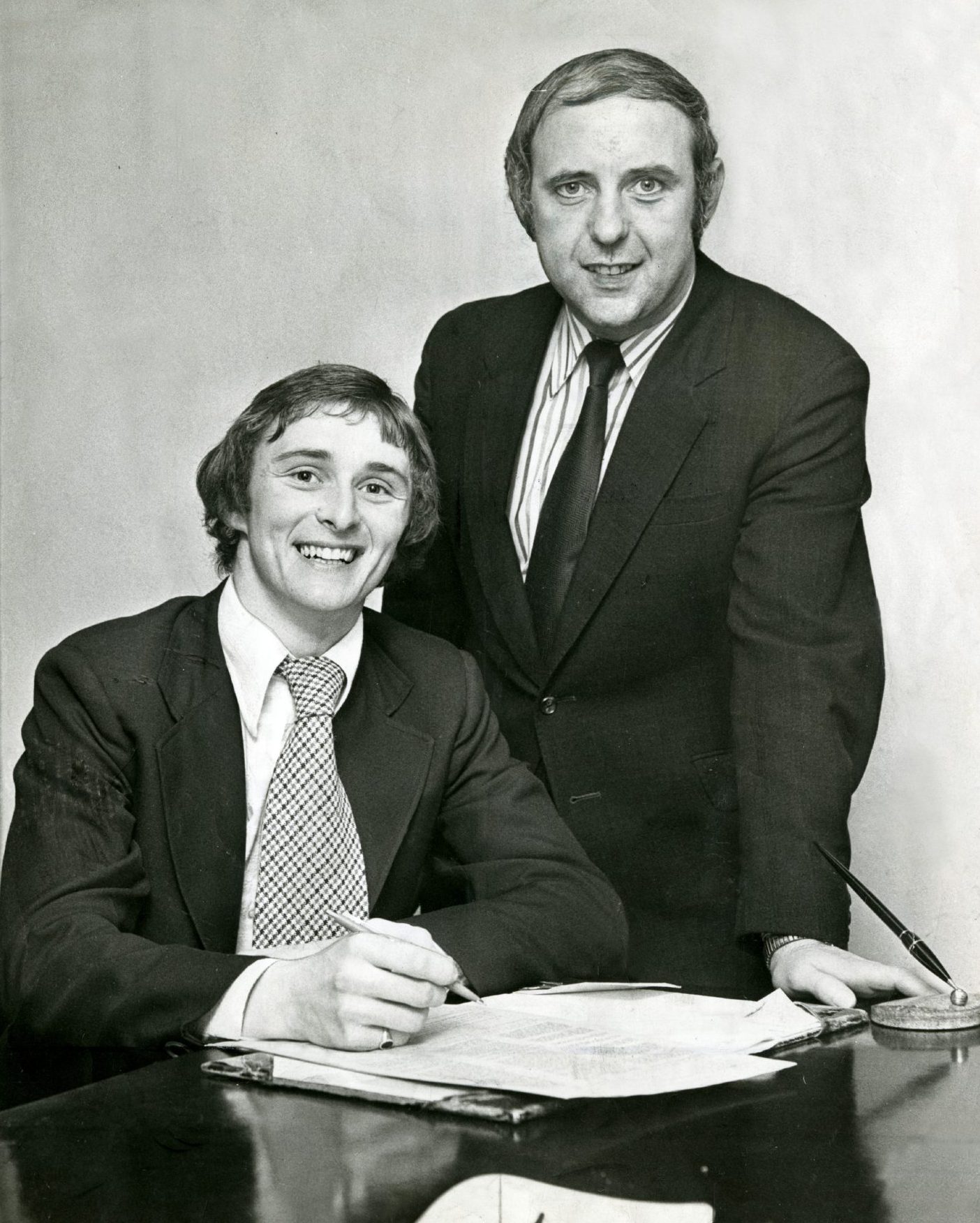
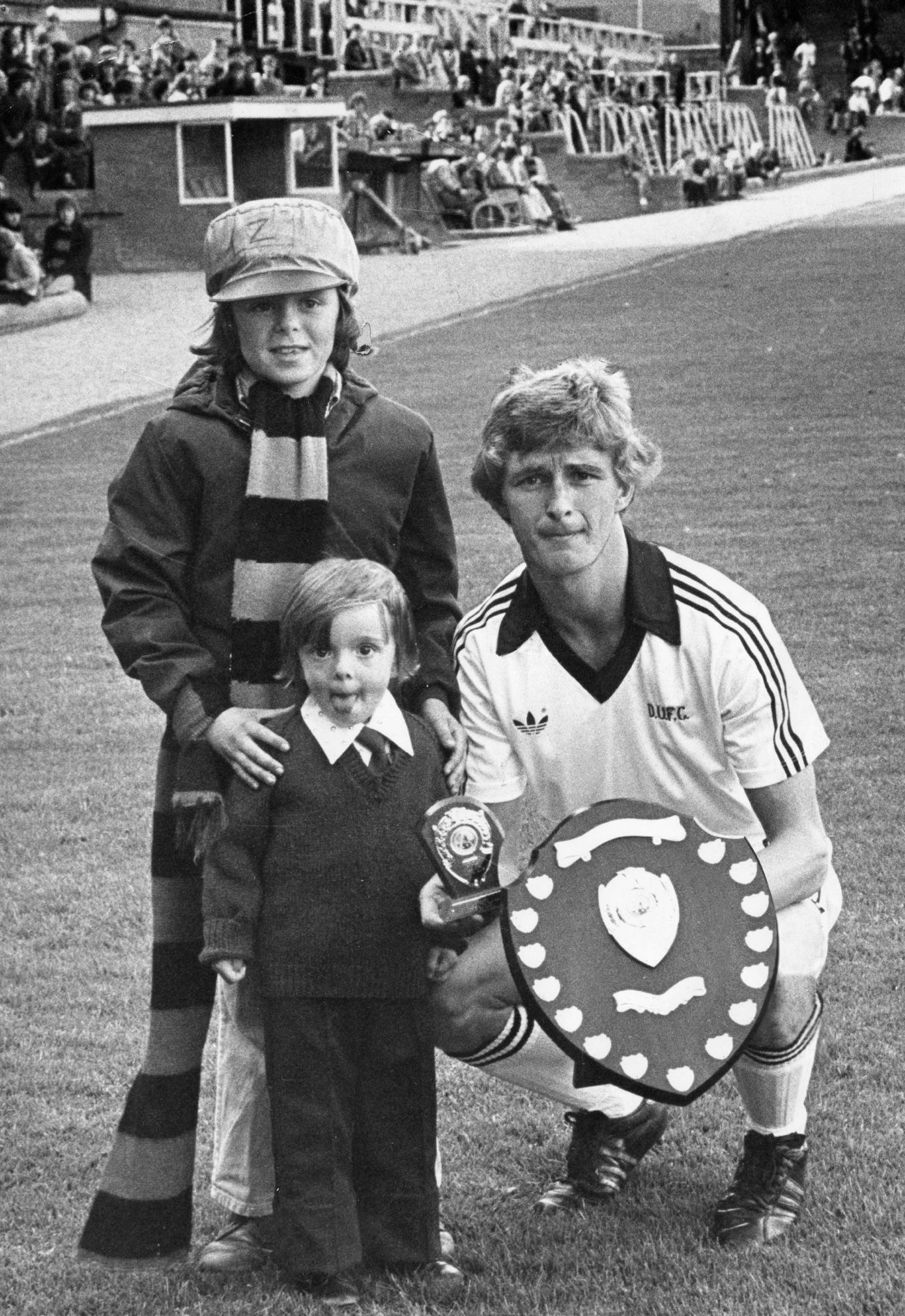
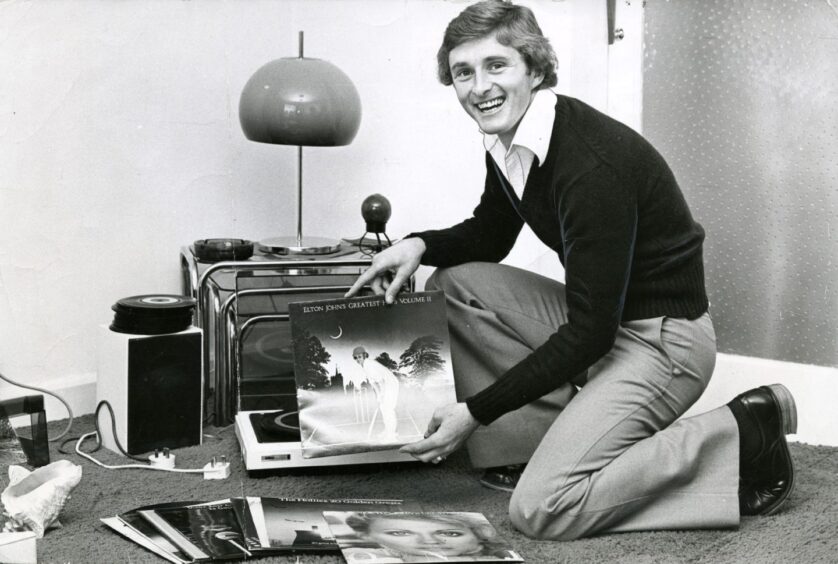
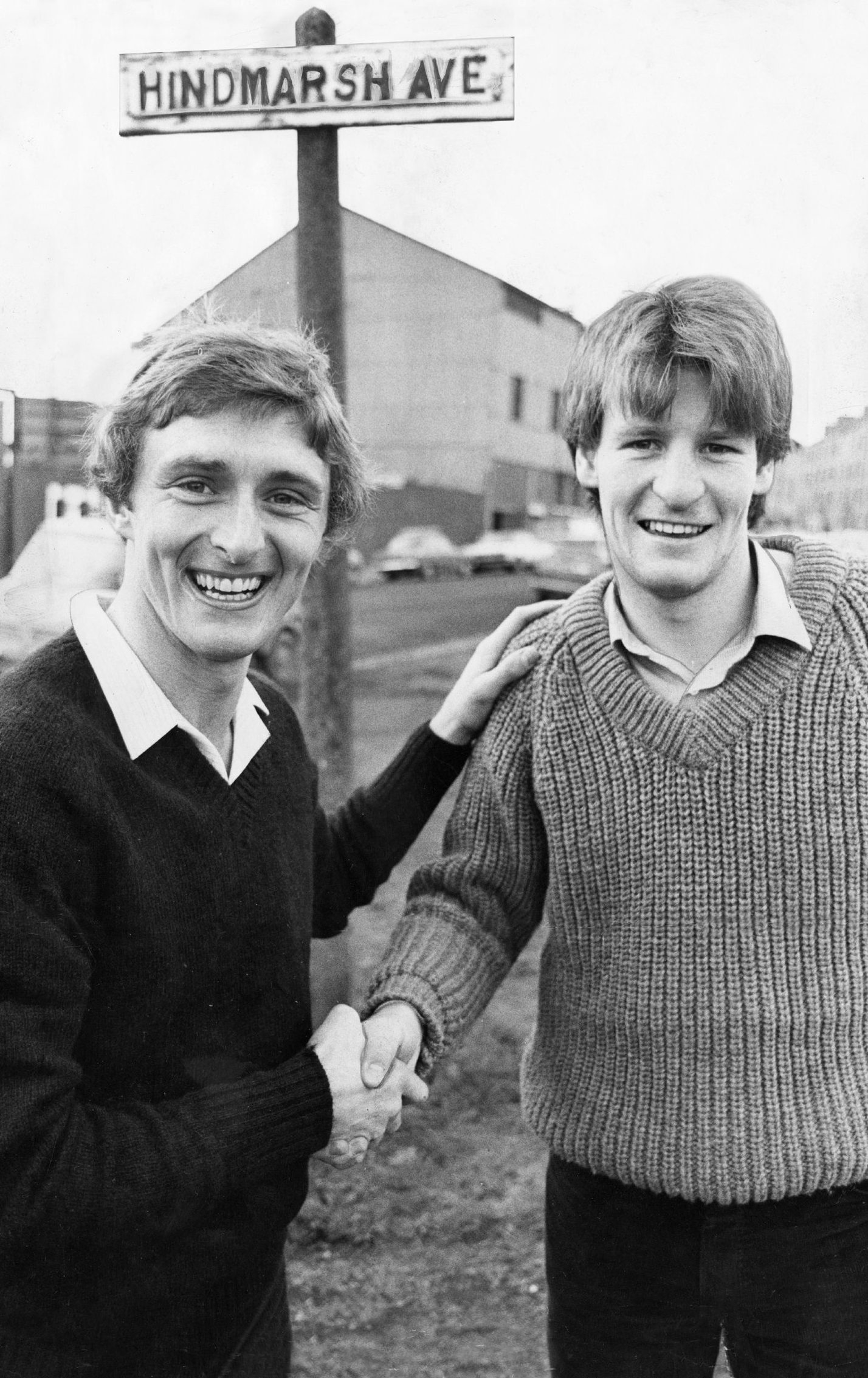
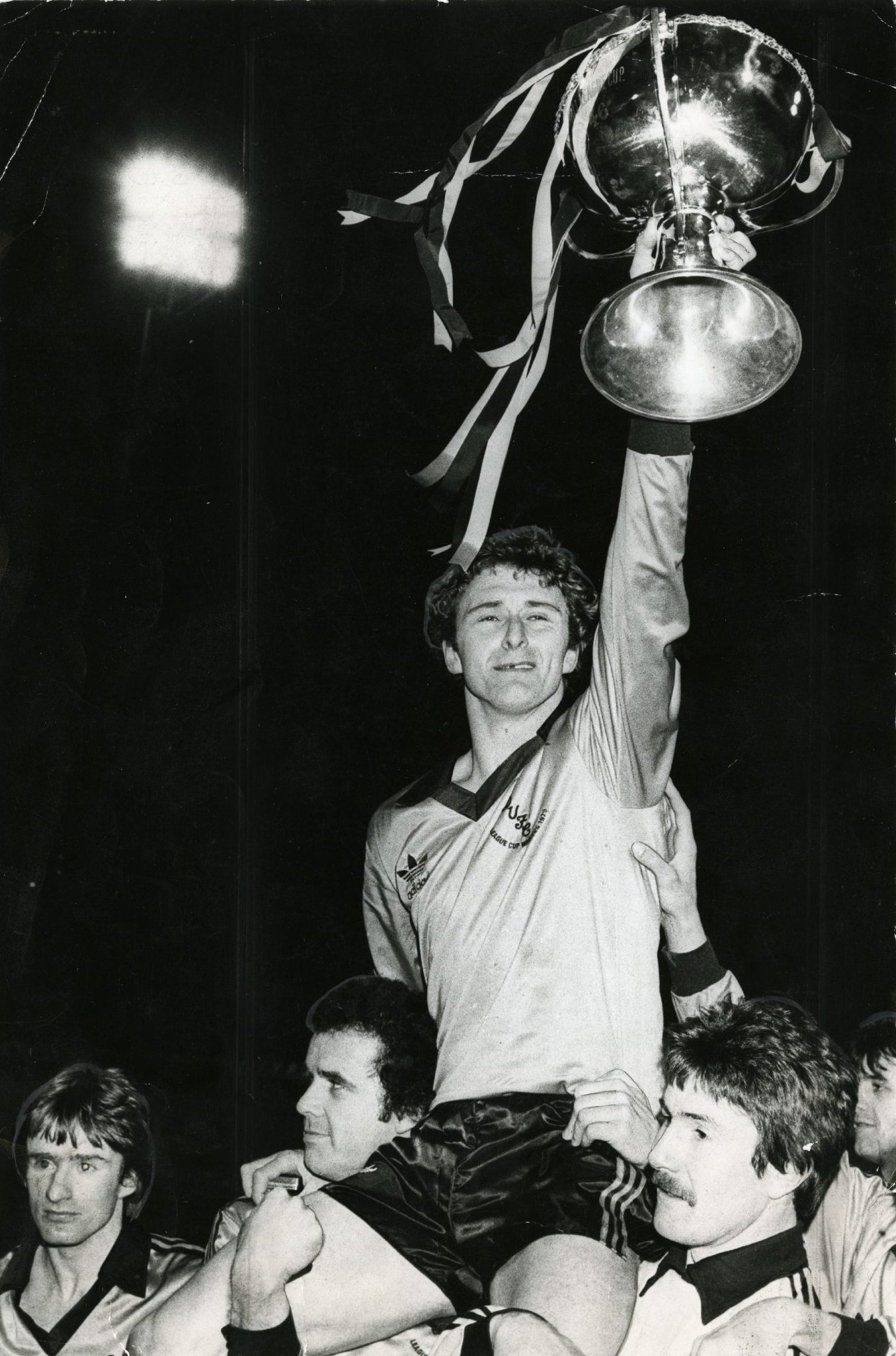
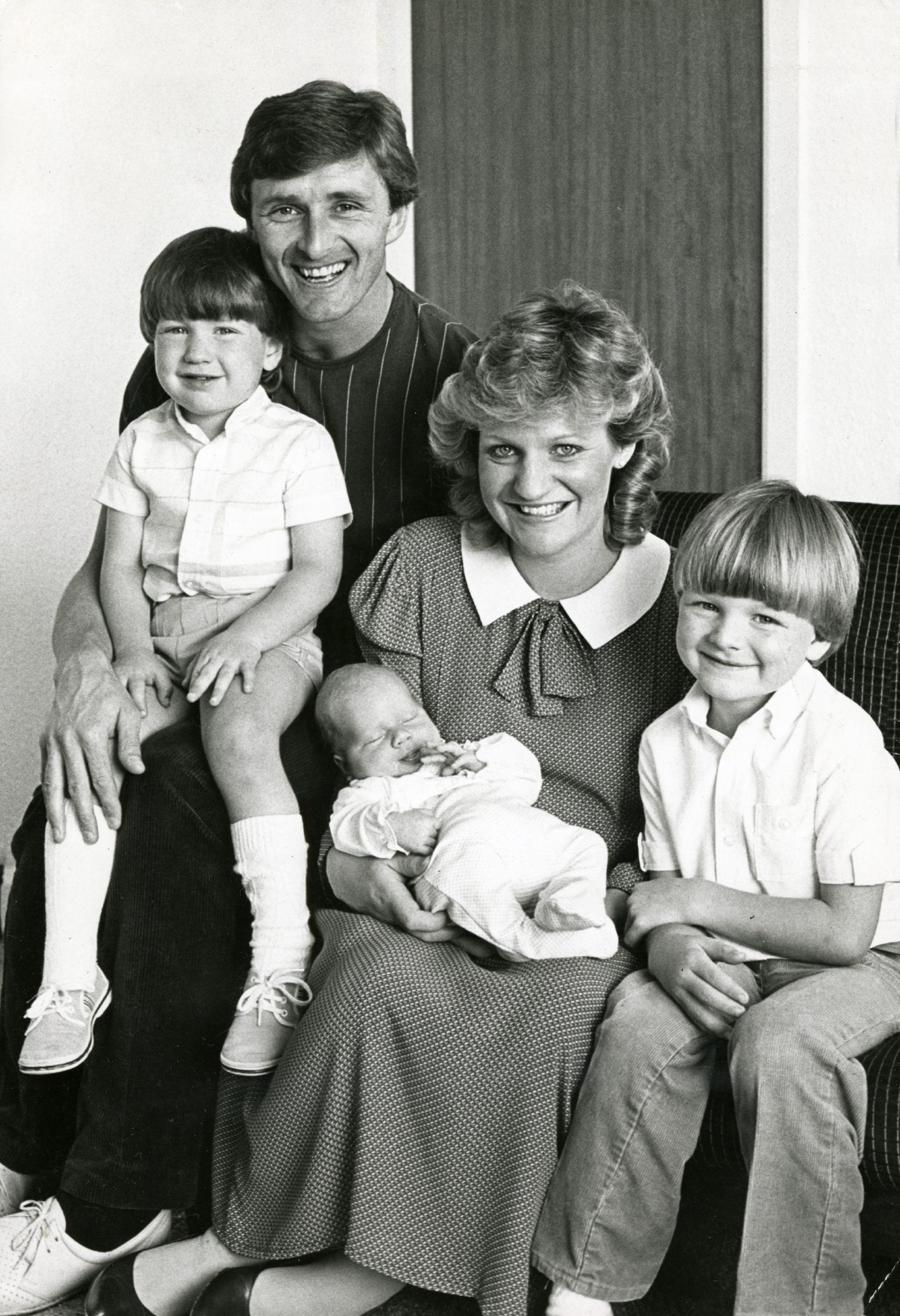
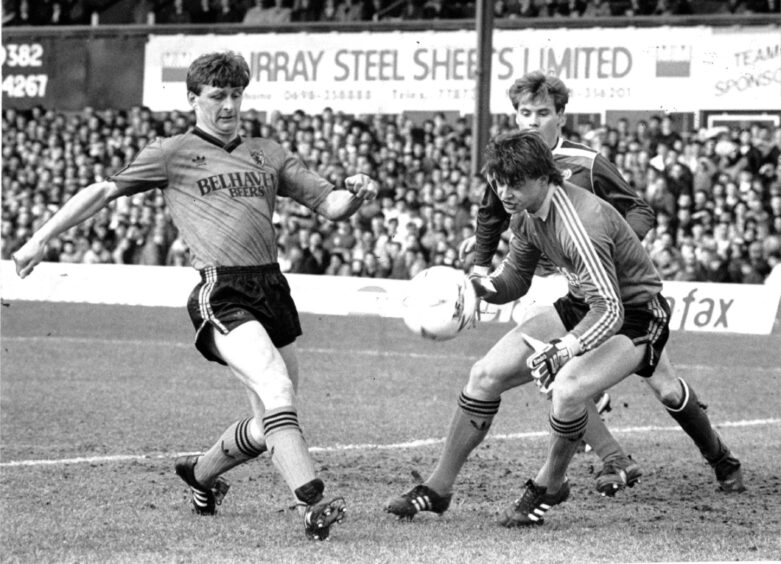
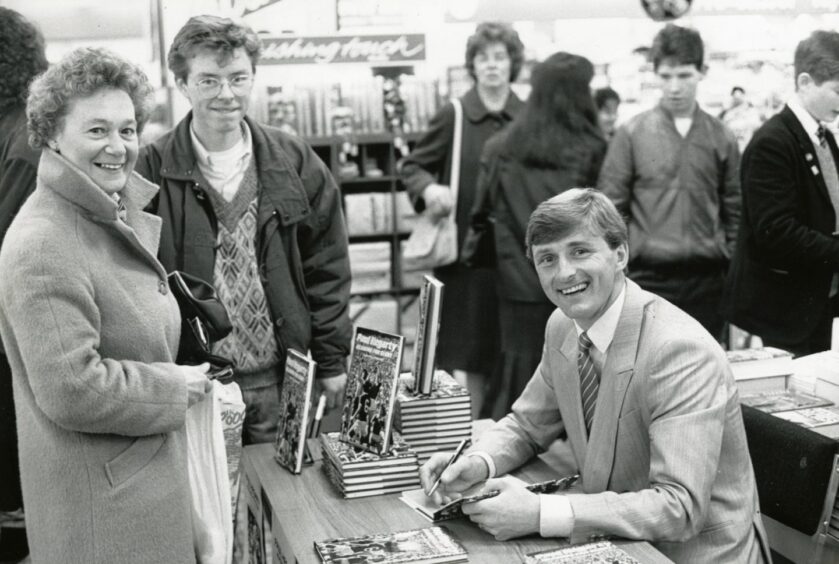
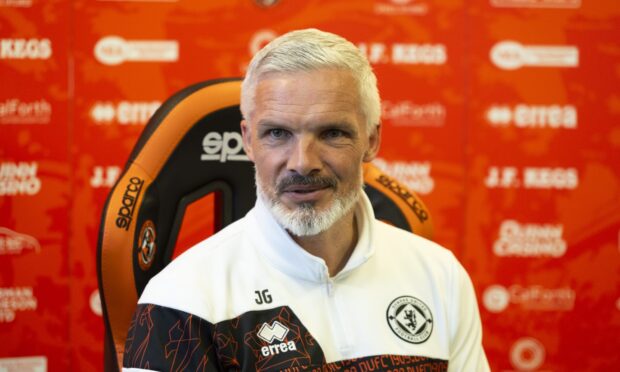
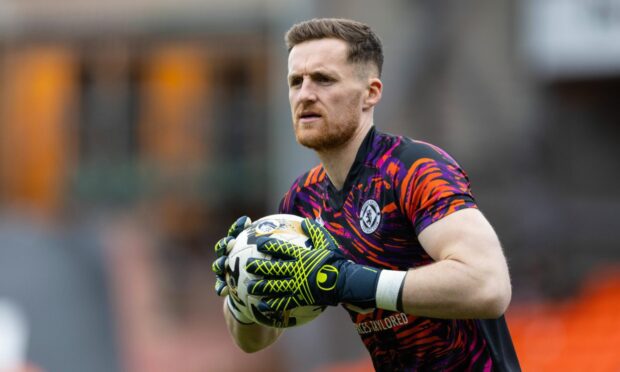
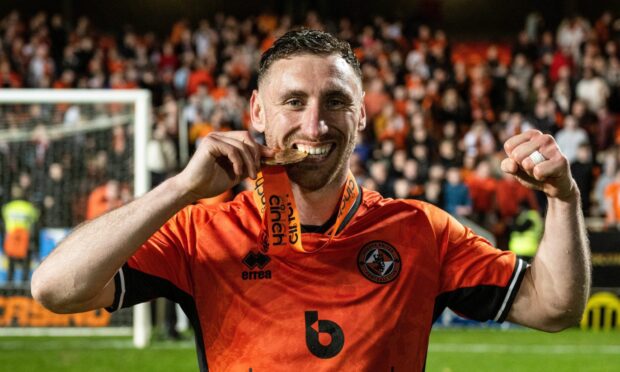
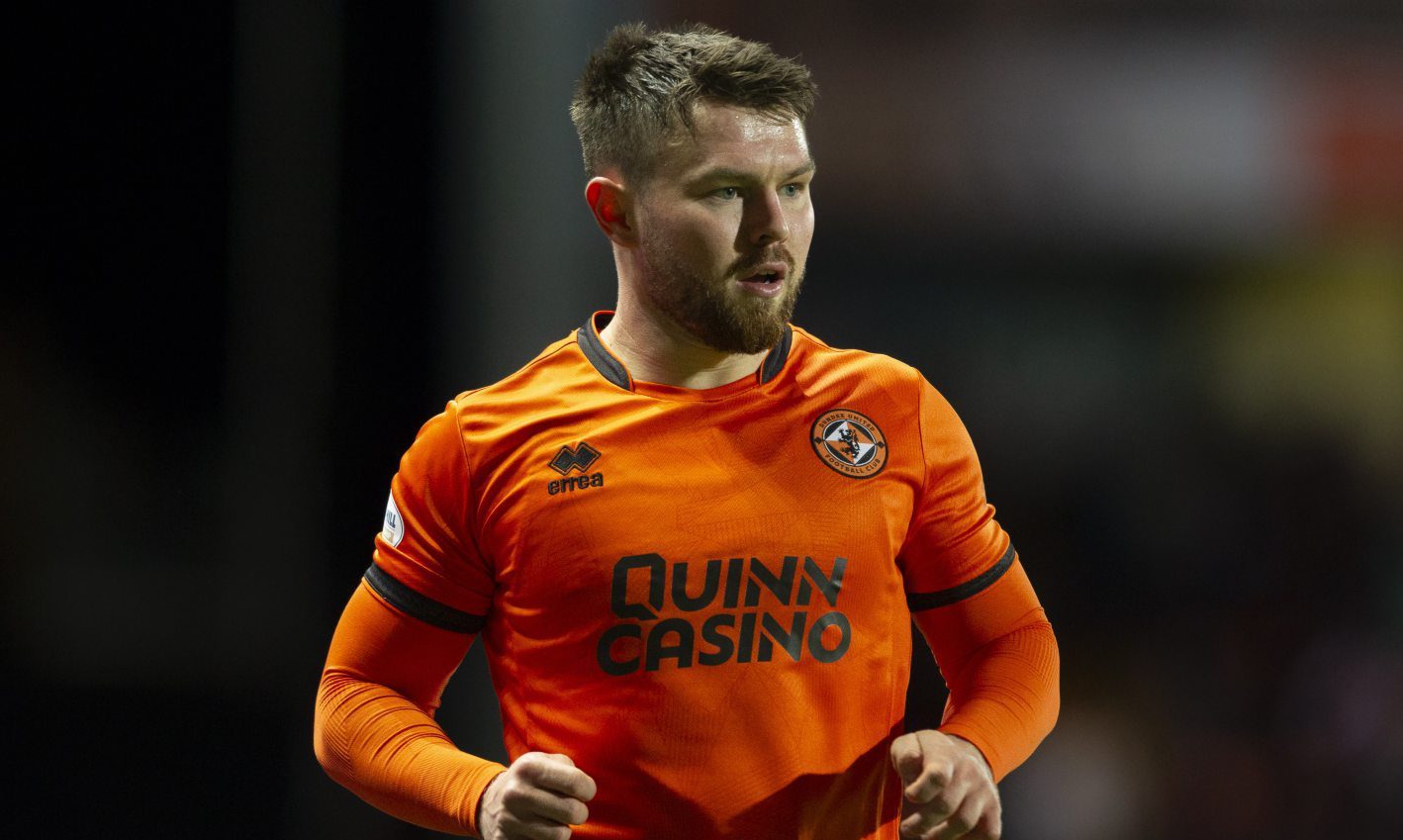
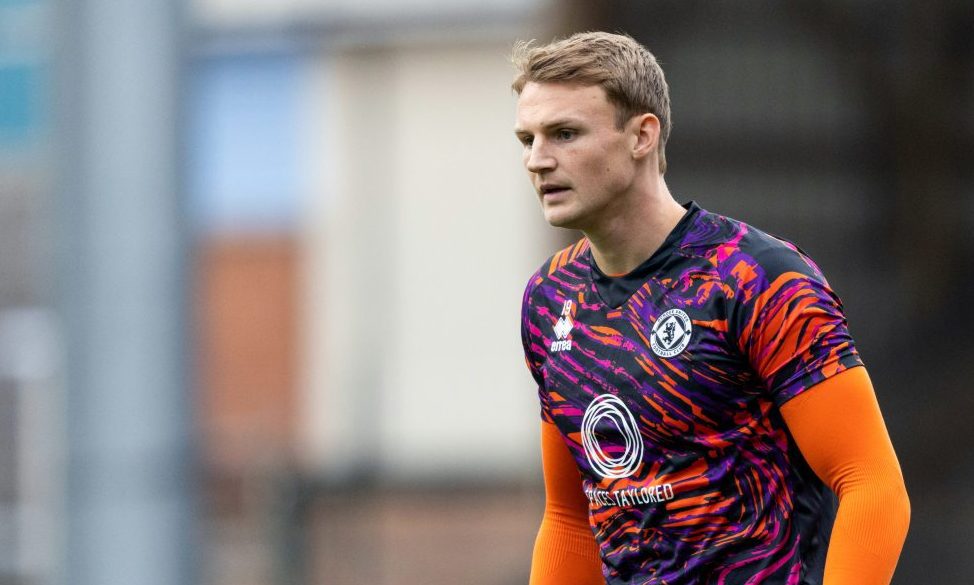
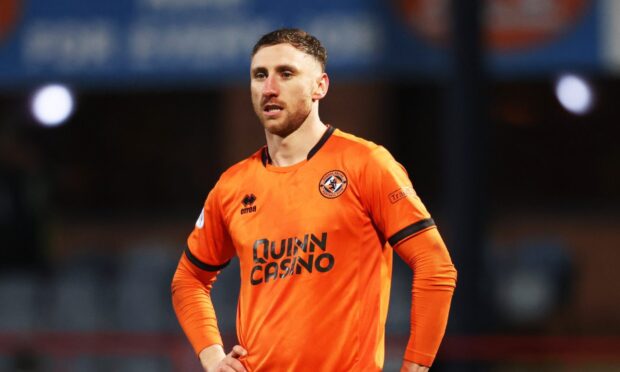
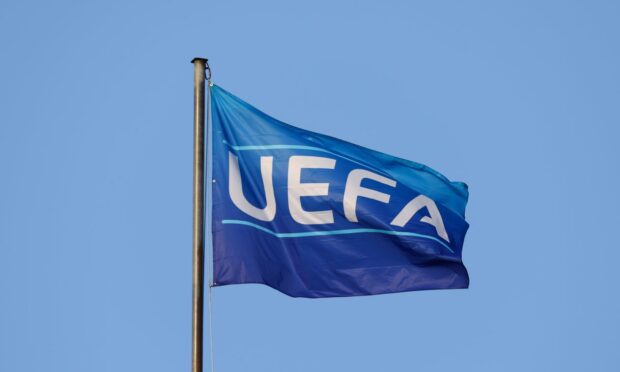
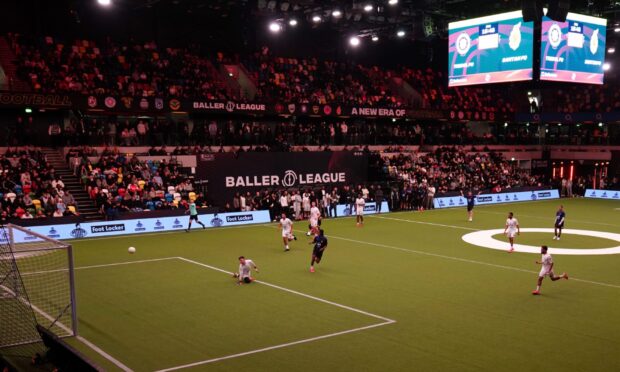
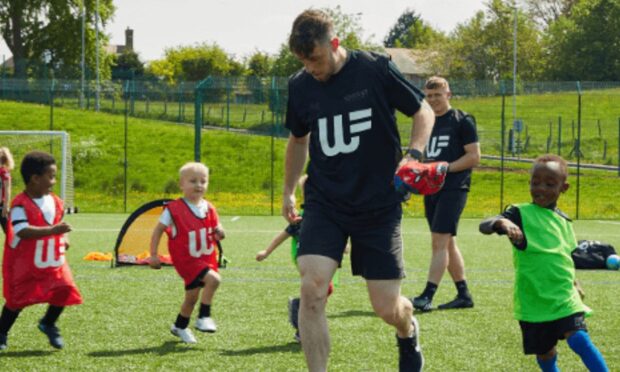
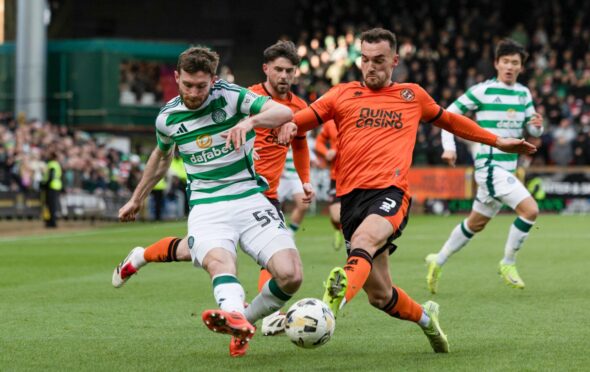
Conversation